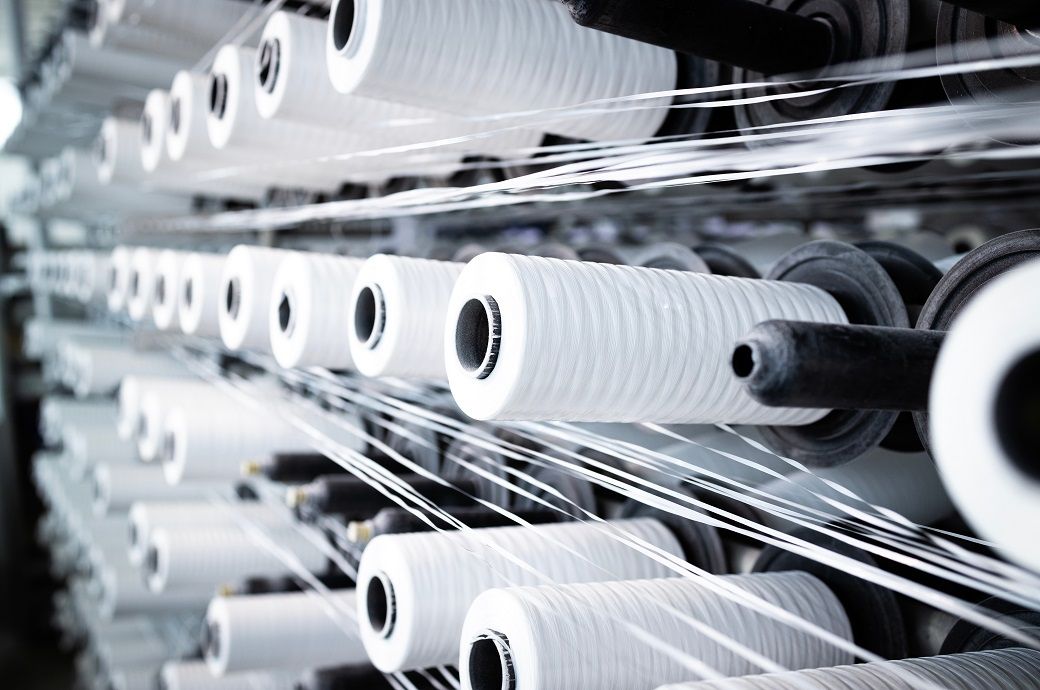
September’s contraction in the headline Hamburg Commercial Bank (HCOB) manufacturing purchasing managers’ index (PMI) was driven by a reduction in new order inflows and a sharper rate of job shedding.
Falling from 50.7 in August to 49.8, the headline index signalled a deterioration in factory operating conditions across the euro area. The decline, however, was only marginal overall.
Production volumes continued to expand in September, although the pace of growth slowed markedly from August’s near three-and-a-half-year high.
September witnessed cutbacks in factory purchasing activity accelerate, while pre- and post-production inventories were reduced further.
Firms remained optimistic on balance that output would rise from present levels over the coming year, although expectations were their softest since April.
There were broad-based price drops at the end of the third quarter as both input costs and output charges fell marginally.
In the Netherlands, conditions improved at the fastest pace since July 2022. Greece and Spain continued their growth trends, although upturns slowed on the month. The final eurozone country in expansion mode was Ireland.
Weakness was recorded across the currency union’s three biggest economies—Germany, France and Italy—with respective manufacturing PMIs posting below the critical 50 level.
Pulling the headline index into the contraction zone was a marked decline in its weightiest component, new orders.
After rising for the first time in almost three-and-a-half years in August, the volume of new orders received by eurozone manufacturers decreased in September, an S&P Global release said. The pace of contraction was mild but nevertheless the fastest since March.
Export markets were a drag on total sales, with new business received from overseas falling for a third month in succession and to a slightly stronger degree.
Manufacturing production volumes expanded, stretching the current sequence of growth that began in March. The upturn lost momentum, however, easing from August’s solid pace. Further growth in output was achieved despite ramped up job cutting at eurozone factories.
Workforce numbers fell at the quickest rate in three months. Manufacturers were also able to make greater inroads to their backlogs of work in September. The rate of reduction in outstanding orders was the most marked since June.
Purchasing was reduced by surveyed companies at the end of the third quarter. After coming close to stabilising as recently as July, the rate of decline in buying activity has accelerated in back-to-back months.
For the first time since June, eurozone manufacturers reported lower operating costs—a notable deviation from the solid inflationary trend witnessed across the survey on average. The decrease was only marginal, however.
ALCHEMPro News Desk (DS)
Receive daily prices and market insights straight to your inbox. Subscribe to AlchemPro Weekly!